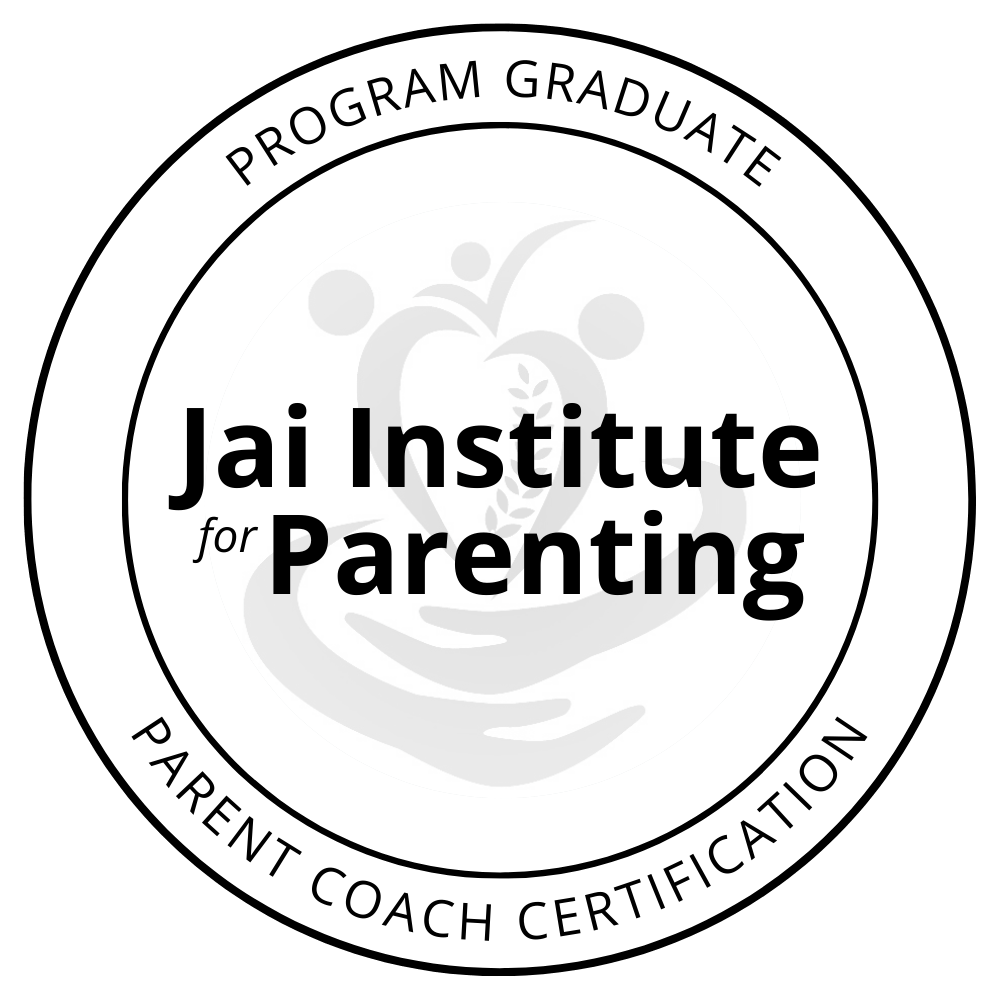The Neuroscience of Parenting
Cracking the Brains Code: The Science of Positive Discipline
Understanding the science behind our children's mind and behaviour is a powerful tool that can enhance our relationship with them and shape our child-rearing strategies. This blog post is designed as a quick guide to understanding how our children are wired and to demonstrate the science behind Positive Discipline.
Emotion Control: A Quick Overview
In this section, we will examine how emotions are regulated, processed, and stored within the brain. We'll also explore how the way we respond to our children can foster vital growth and help them develop into well-rounded, emotionally attuned individuals. So, let's take a closer look at what this looks like.
This is Your Child's Brain
The brain can be divided into several regions, each responsible for different functions. Three key areas are the Limbic Region, the Cerebral Cortex, and the Amygdala.
The Limbic Region: Reactive
The Limbic Region is responsible for strong emotions, anger, primitive responses, reactive emotions, instincts, fight, flight, or freeze responses, survival, and aggression. In essence, it's the part of the brain that reacts to stimuli in our environment.
The Cerebral Cortex: Receptive
The Cerebral Cortex is responsible for complex thought, processing/decision making, relational skills, empathy, understanding, reasoning, emotional regulation, morals, and insight. This is the part of our brain that helps us make sense of the world around us.
The Amygdala: Emotional Responses
The Amygdala is responsible for anger, anxiety, instinctual responses, alertness, strong emotions, protection, fear, and quickly processing emotions. Essentially, it's the emotional powerhouse of the brain.
How it All Ties Together: The Fundamentals of Emotion Control
The cerebral cortex (or upstairs, receptive part of the brain) is not fully developed until our 20s. Our role, therefore, is to help develop the upstairs brain and provide external constraints for our children while they lack internal ones. We can appeal to and exercise different parts of our children's brains.
When we react impulsively, with anger, or threaten, we provoke the reactive limbic region of their brain. This shuts them down to everything "upstairs": reasoning, empathy, emotional regulation, etc. When a person is shown even just a photo of anger, it increases activity in the amygdala.
Our Goal:
We want to engage the “upstairs” part of the brain. Labeling emotions immediately decreases amygdala activity (shifting from downstairs to upstairs- processing/reflecting). Ask what they feel, label their emotion, connect, ask them how their behaviour affects others, show them boundaries and how to react. Soothe the lower reactive brain to engage and shape the upper receptive part of the brain.
The brain is like a muscle we are training. The more we train the upstairs muscle, the stronger it will be and the better your child will be able to control their emotions, assess situations, self-reflect, regulate their feelings, and connect with others.
Helpful Tips:
When a child is overrun with emotion or is having a meltdown/tantrum, they are fully operating from their amygdala and limbic region. This is why it does not work to try to "reason" a child out of a tantrum; their upstairs is fully shut down and un operational. Yelling at them or getting angry only escalates the situation. This is why it is important to connect with them and label their emotions so as to slowly start re-engaging their upstairs, reflective cerebral region. Any corrections/reflections on their behavior should be done at a later time when they are in a calmer, more receptive state.
Other ways to train and strengthen the "upstairs" brain: give choices, practice solving problems with them, practice controlling emotions, build self-understanding, discuss other people's feelings often. Keeping children active is another helpful way to shift them from their emotional state and reconnect them to their upstairs brain.
Wrapping Up:
Sound a little too sciency for you? That’s okay. Let’s take a step back. Here is what the neuroscience is telling you. When our children are dysregulated the only thing they need from us is safety, calm and connection. This is not the time to discipline or correct (the part of their brain that can process this is switched off), it is the time to lean in with care and comfort; to let them know they are safe and heard and that this will pass. It is through connection and safety that we engage their upstairs brain so that they can have access to empathy, reasoning, self control and calm.






